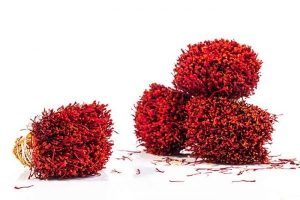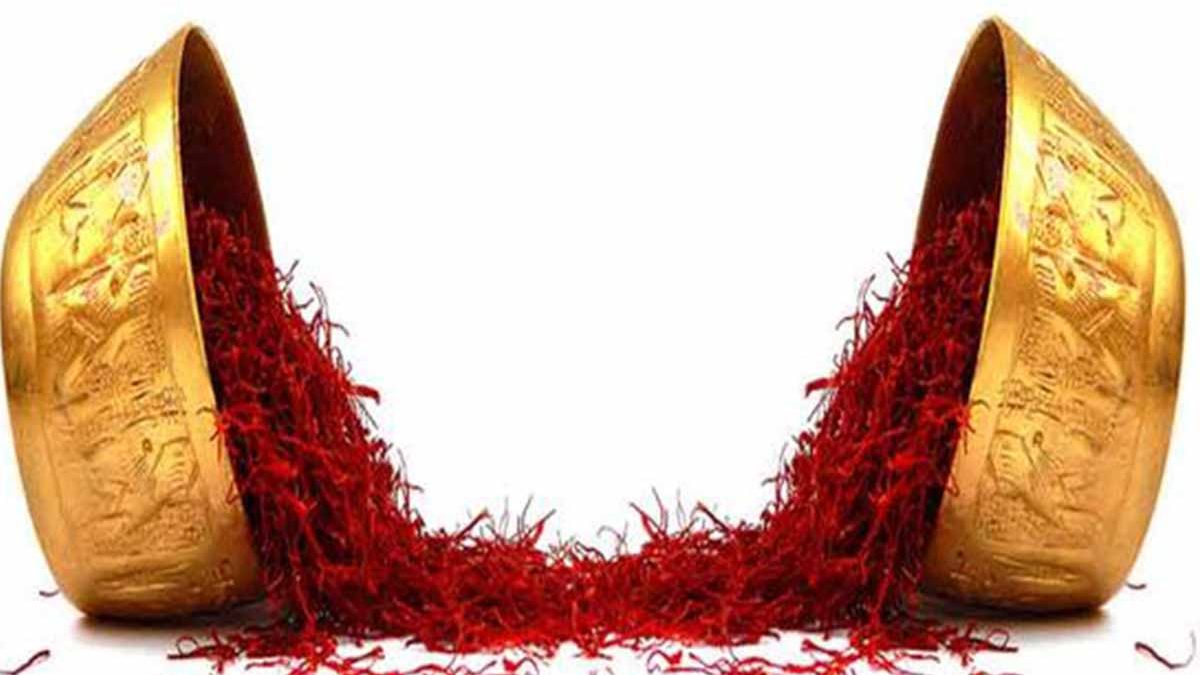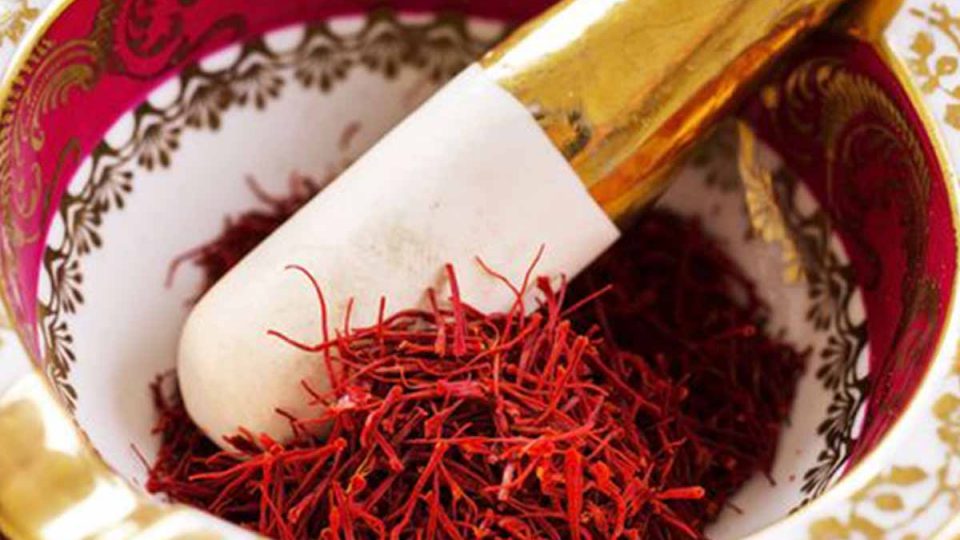What are the steps of saffron export? How to register our saffron export in customs?

Everything about the quality and price of saffron.
January 14, 2020
How to identify expired saffron?
January 14, 2020Saffron is generally divided into four categories: Negin saffron, Sargol saffron, straw saffron and bunch Saffron. Each type of saffron has different degrees of quality. Exclusive saffron is used in saffron exporting. According to statistics, 90 percent of the world’s saffron is produced in Iran, and you will reach the multi-billion-dollar market by saffron exporting. Just choose the right quality and the right path.
In any country a particular type of saffron may have more fans, for example in European countries because saffron is more commonly used in medicinal and medical applications, Negin saffron are more popular.
Some countries recognize straw saffron as the main and basic type in saffron exporting because it is very unlikely to cheat, so straw saffron can be exported to these countries.
The largest volume of saffron exports to the world markets is in bulk. Only 5% of the export is done in 10 gram packaging of saffron and the rest are exported in packages of more than 10 grams, mostly half a kilo and one kilo. Bulk export of saffron has led countries such as Spain, UAE, China, Saudi Arabia and… to make the most profit out of buying Iranian saffron. The finished price of the saffron until it arrives at the customs office of destination in bulk or packed is calculated as follows:
In bulk:
Price of saffron + Customs & Air freight
Packed:
Saffron price + Packaging cost + Container cost + Customs & Air freight
After the customs and air freight, you will receive a bill number and tracking link and you can track your order instantly and online from the airport link. Also, if you wish to receive a package within three-days in the country of destination after the customs formalities, your order will be shipped via DHL or TNT international courier postage. It should be noted that the shipping cost is about five times the cost of shipping through the airport.

Exclusive saffron is used in saffron exporting
The importance of packaging in saffron export
One of the most important elements in saffron export to foreign countries is its packaging. Currently, due to fake saffron on the market, purchasing packaged saffron is becoming more popular among consumers, as packaging companies must be equipped with laboratories to verify the quality and purity of saffron.
The importance of best in saffron export
The importance of best in saffron export
As mentioned in each of the exported saffron types mentioned above, the saffron prepared with these titles for export must also have the following characteristics to be accepted by foreign markets.
- The saffron should be large.
- Without fracture and break.
- Its staining ability should be above 200.
- Have a great scent.
These are two of the most important criteria for exporting saffron, which every buyer should be careful about.
The saffron export process in Nayzi company is as follows:
- Registration of application for saffron export
From the tariffs and order registration section, your request will be registered in Nayzi by entering your contact and order information (including name, contact number, saffron weight and destination country).
- Check the country of destination, customs tariff and report it to the customer
Our experts will review your order according to your wishes. They will then tell you the calculated cost of saffron export.
- Customer export payment
After your confirmation, payment must be made to ship the order on the first flight as soon as possible.
- Saffron export to the destination country
After sending the saffron, the customer must deliver the package in the destination country on the specified date.
Saffron export steps that Nayzi company in Iran must follow
General review of saffron export processes
But there are special requirements for saffron exports that we will first examine as a whole and then provide further explanations:
- Buy or produce high quality saffron
- World-class saffron professional packaging for export
- Having a standard certificate
- Animal health certificate
- Presenting a business card
Steps of saffron export registration in customs
Following we are going to explain the steps to register your saffron export in customs.
First: Exporting a product like saffron is about choosing the right price for it and you should go to the rating commission.
Second: Your business is world-class professional packaging of goods, and saffron export packaging is usually less than 30 grams and no more, so be sure to check out the most important success factors in trading the same packaging and its advertising since now you are representing your country so you have to introduce a beautiful and high quality product to your global customers.
Third: Now is the time to obtain the necessary licenses to export saffron, including: standard certificate and animal husbandry certificate (this depends on the type of product) and business card presentation and introducing a letter or power of attorney declaring a saffron to the customs, and finally, the export license is issued and you register the product at the custom and you export your goods.
Four: Now you need to provide the documents needed to verify the issuer’s authentication, which are: The authenticity of documents, the authenticity of contents regarding the type, tariff of the saffron, the value stated in the documents and finally the qualification of saffron exporter.
Fifth: The last step of the saffron export process is to evaluate the export product (saffron) and at this stage your export product will be compared with the information you have recorded and your statement will be stamped and signed if there is a match. Along with the another copy of that statement, you will be issued with the export license of the product you are exporting i.e. saffron export.

Steps of saffron export registration in customs
How to register our saffron export in customs?
After you have obtained all the necessary saffron export licenses and have fully completed the previous steps, you must register your product at the Islamic Republic of Iran Customs and you must submit your export declaration and complete the export declaration. Completion of the export declaration includes the following steps:
Specifications of the person exporting the product (saffron), Specifications of the person declaring the product (saffron), customer specification, country of origin, country of destination (saffron issue), specifications of the carrier and the source of loading, the terms of the transaction, all specifications of the exported product (saffron) by type, weight, tariff and quantity or numbers, complete specifications of the consignment (such as packages, style and type of package, quantity, mark, weight with container), all items of customs costs, customs name, the place of delivering the declaration, the number and details of registration of the declaration at the local customs office for signature and stamp and approval of the customs and its authorities. After completing all these steps and completing the application, the application will be attached to your documents and submitted to the Customs Identification Section.
Saffron export tariff
Tariff determination of the saffron export in Iran is the responsibility of Trade Development Organization. At present, 5% of tariffs are considered for packages of more than 30 g of saffron, whereas 40% of tariffs were initially set for saffron export of packages larger than 30g of saffron.




